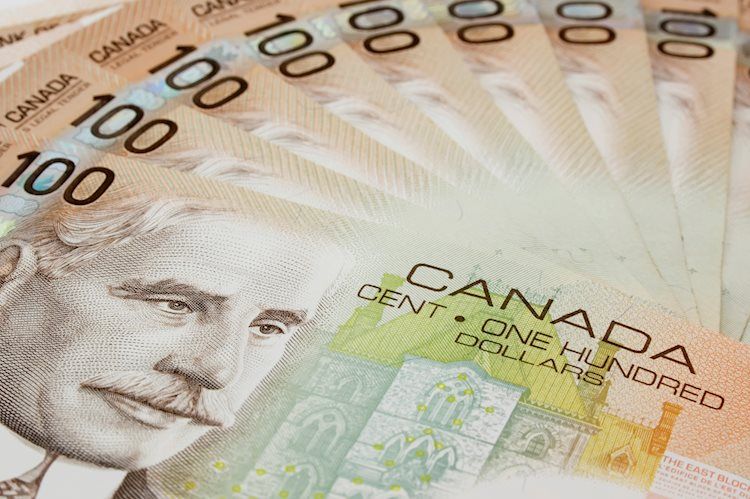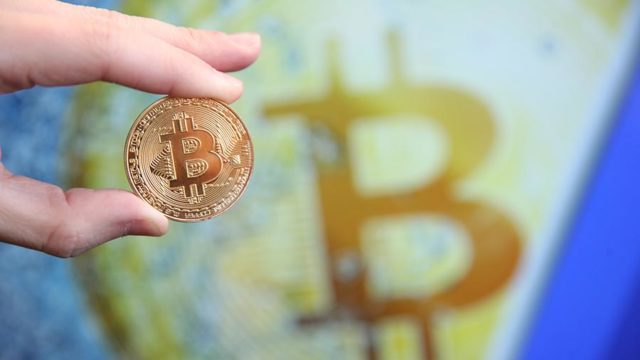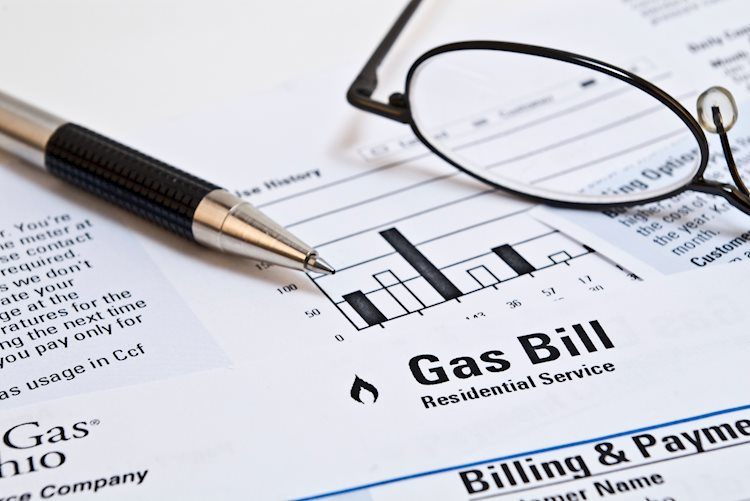Savings – beloved investment by Brazilians – registered a positive return in 2022 after three years of losses, according to a TradeMap survey. That’s because profitability last year was 2% above official inflation — measured by the IPCA (Extended Consumer Price Index).
Between 2019 and 2021, savings recorded yields of -0.05%, -2.30% and -6.37%, respectively, if considering the inflation of each year.
Since 2000, savings registered six years of real income decline. The best record was in 2006, when profitability was 5.10% above the IPCA. The worst was in 2021, with a loss of 6.37%.
According to Marília Fontes, founding partner and fixed income analyst at Nord Research, these figures mean that inflation has receded, while interest rates have risen. “The reasons for this increase are due to the great cycle of hikes in the Selic rate carried out throughout the year, causing the remuneration of savings to rise as well”, she explains.
In the view of Sérgio Gramcianinov, professor of Finance at Strong Business School, this number means how much savings had gained over inflation. “Last year, savings yielded 7.9% in the year. So, if you discount the IPCA — the reference index — the real gain was 2%”, they show.
For the professor, knowing the real gain is important for the investor to know if the income he made was viable. “Analyzing the graph, the previous periods were negative, as the Selic was below 8.5%. That is, the rule is that, if the basic rate is below this level, the reference rate is zero, which means that there was no gain”.
investment option
About investing in savings with these positive results, Fontes points out that, although it has increased the return, savings still yield much less than the CDI.
“This index had a net return of around 10.60% per year, while savings yielded 7.9% [sem descontas a inflação]. Today, there are CDBs from well-known banks at 100% of the CDI, the Selic Treasury, the Simple Selic Fund with zero interest rates, among others, that small investors should pay more attention to”, he advises.
Gramcianinov analyzes the real gain in savings for 2023, based on the Focus Bulletin’s projection for inflation. According to the report, the forecast is for inflation of 5.40% for this year, lower than the 5.79% of 2022.
“The book may yield even more in 2023, if inflation continues to fall. However, if inflation starts to rise, investors should look for bonds linked to the IPCA, as they will have higher returns”, he says.
savings income
In 2012, a new savings income rule came into effect. It is now calculated according to the Selic rate.
To know:
- When the Selic is greater than 8.5% per year, the yield is equal to the rule prior to 2012: 0.5% per month + TR;
- When Selic is less than or equal to 8.5% per year, the new norm prevails: yield is 70% of Selic + TR.
Professor Gramcianinov highlights that as a reference, Selic reached 2% per year in 2020 – the lowest historical level. In 2021, it continued to increase, but still remained below 8.5% in August. “During this period, income from savings was following the second rule. At the end of 2021, the Selic rate reached 9.25% pa. With that, the savings income returned to the old rule, ”he explains.
Source: CNN Brasil
A journalist with over 7 years of experience in the news industry, currently working at World Stock Market as an author for the Entertainment section and also contributing to the Economics or finance section on a part-time basis. Has a passion for Entertainment and fashion topics, and has put in a lot of research and effort to provide accurate information to readers.






